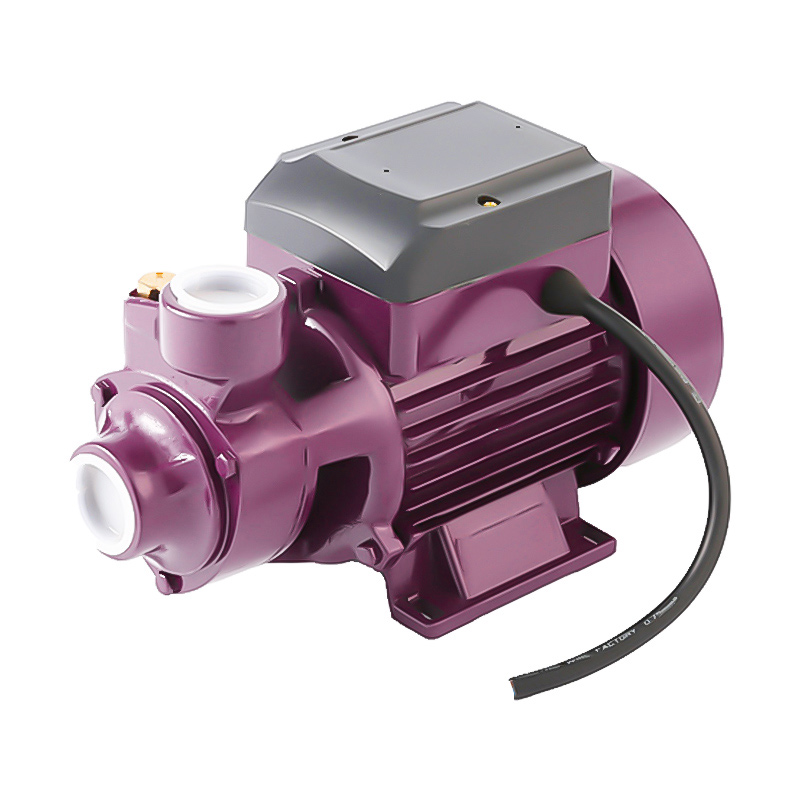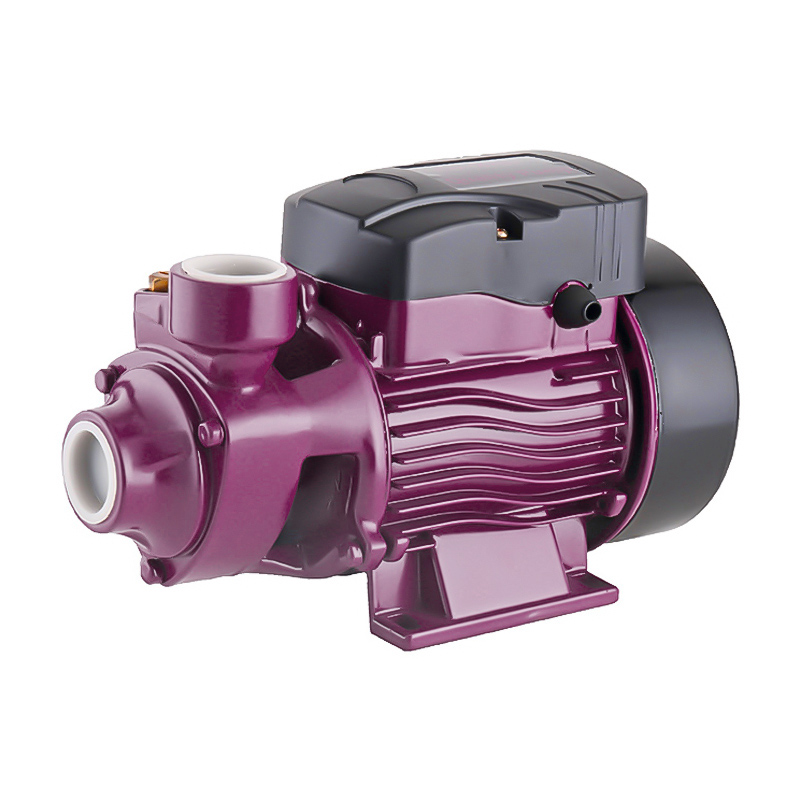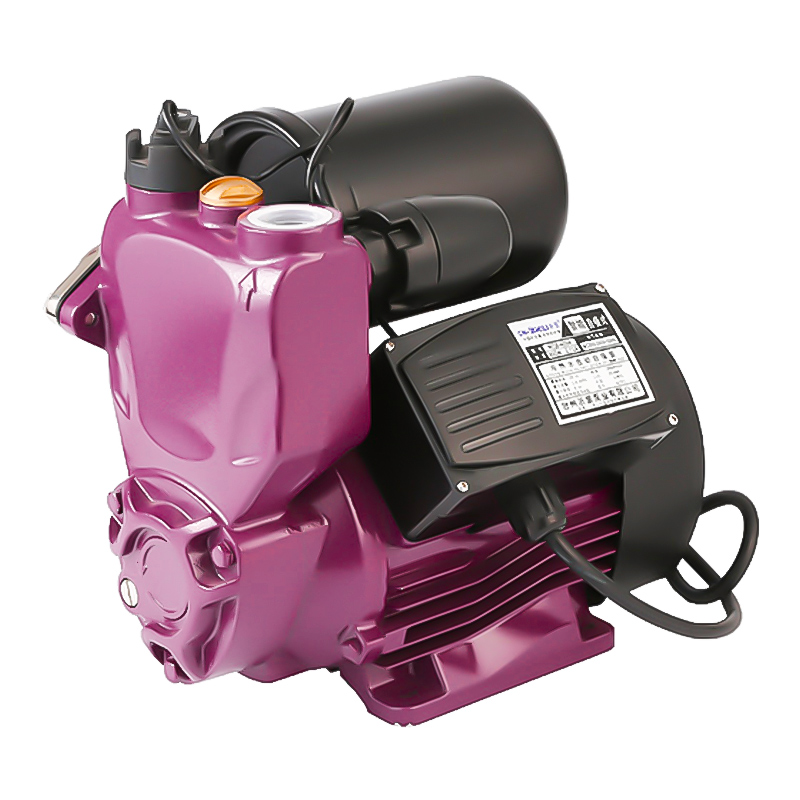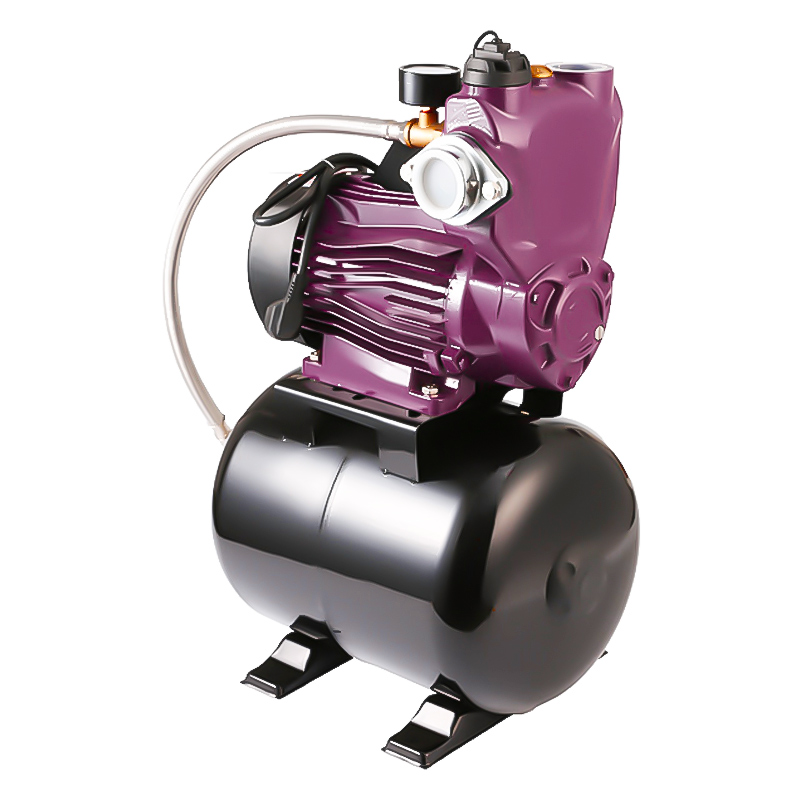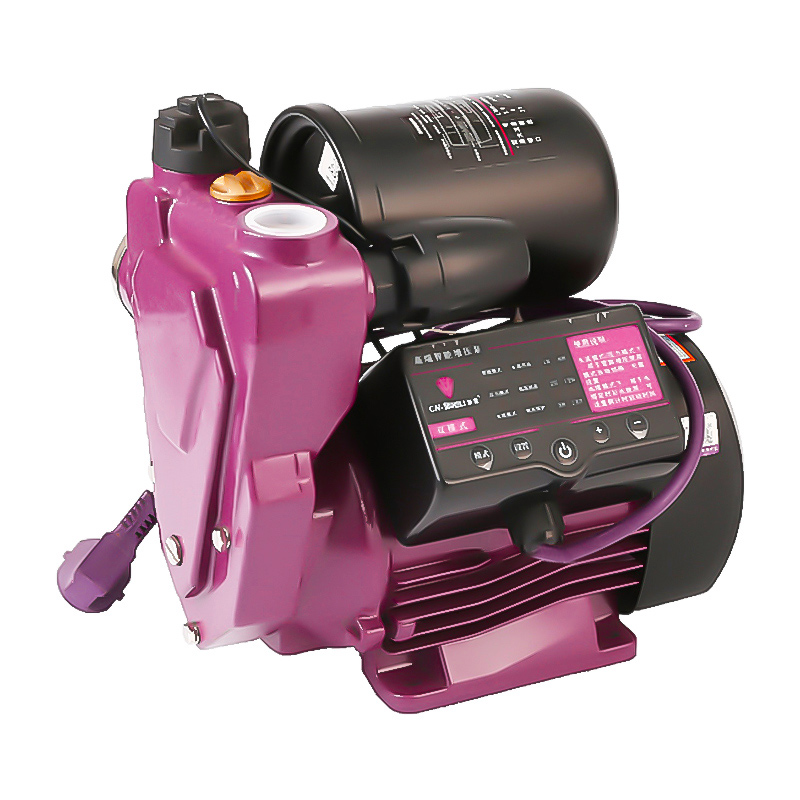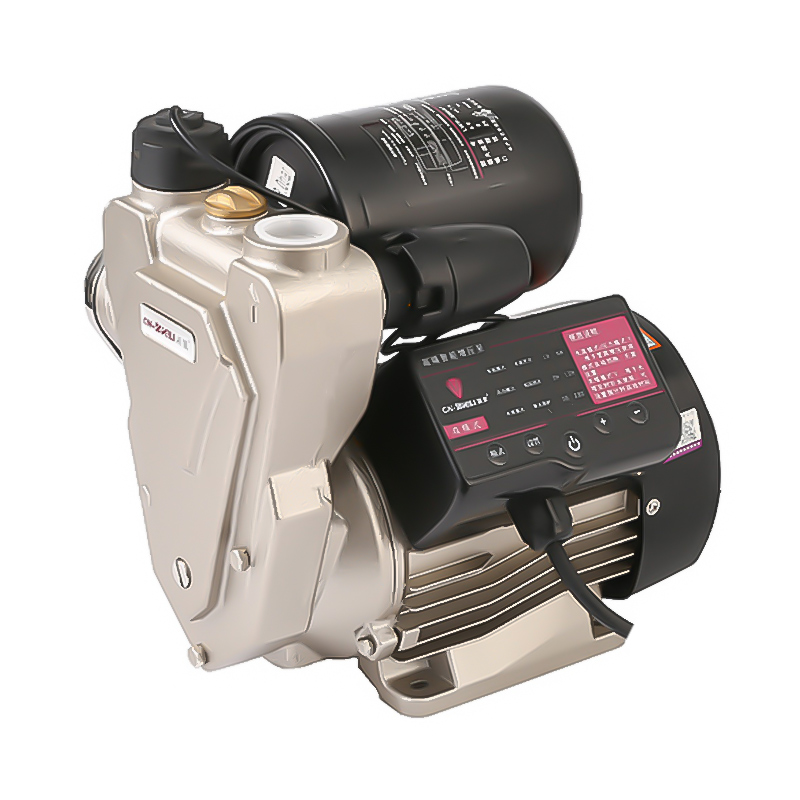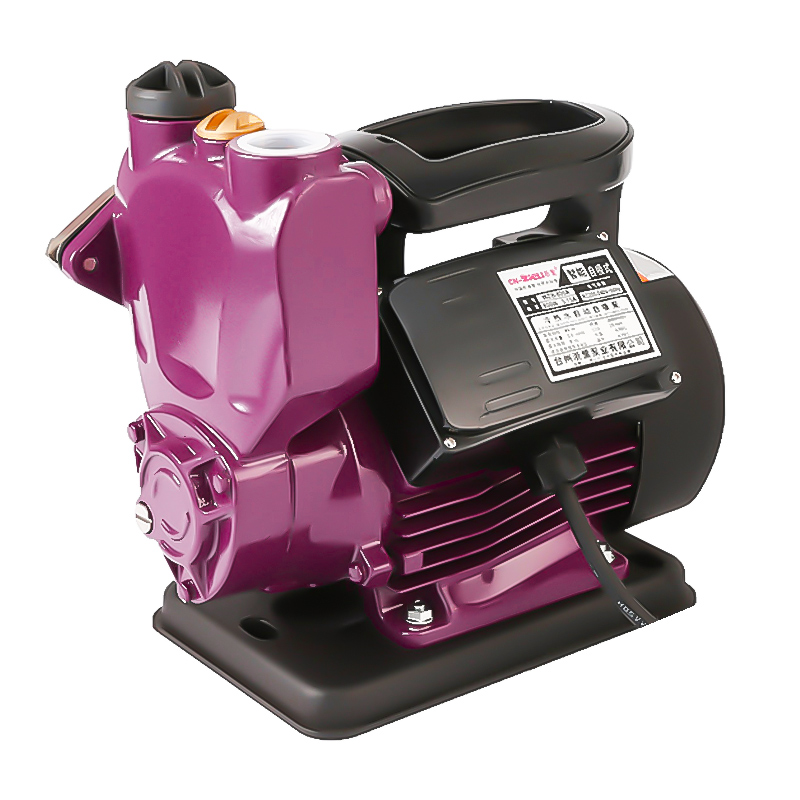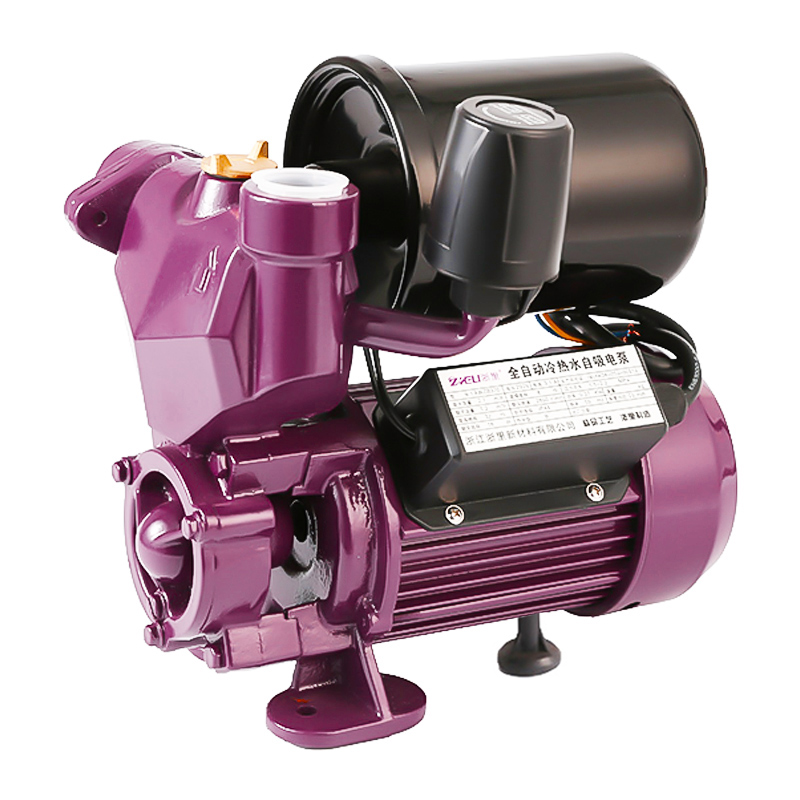In today's life, every household uses the Automatic Self-priming Pump . However, with the popularity of self-priming pumps, the failure of self-priming pumps has also brought a lot of trouble to everyone's daily life. Are you still worried about the failure of the self-priming pump? Below, let's take a look at the 6 common reasons for the failure of the Automatic Self-priming Pump:
1. There is no response after turning on the power: most of them are caused by the short circuit of the power plug, the power lead, and the motor winding.
2. Difficult to start or unable to start, and accompanied by a "humming" sound: During maintenance, a small bamboo piece can be used to quickly move the fan blades in the direction of rotation. If the motor starts running quickly, it means that the starting capacitor or starting winding is damaged, and the same should be replaced. capacity capacitor or repair the starting winding; if the motor is stuck, it is mostly a mechanical failure of the motor and pump head, such as bearing damage, impeller stuck, etc.
3. The motor can run, but the speed is slow, and the casing is overheated and has a burning smell: most of them are caused by the short circuit of the motor winding. repair.
4. High noise and vibration during operation: most of the bearings are damaged or the bearings and the casing are not properly matched. The motor needs to be disassembled for inspection. If the bearings are damaged, they should be replaced; if the bearings "run the outer circle", the matching surface of the pump casing can be adjusted Use chisel treatment; if the bearing "runs the inner circle", the wear part of the motor shaft can be treated with a chisel. If the wear is serious, the method of surfacing first and then turning is used to repair it.
5. The motor is running normally, but the water output is small or not at all: in this case, the seal of the water pump should be checked first. When checking, the power plug should be unplugged first, the water suction port should be blocked by hand, the water pump should be filled with water, and the mouth should be held. Blow hard at the outlet to see if the pump head leaks and the leak is where the seal is damaged. The common fault parts are the suction pad, the outlet pad, and the impeller cover pad, which should be replaced during maintenance. If there is no phenomenon of full water, it is mostly the impeller damage, the water barrier between the suction chamber and the water outlet chamber is corroded, the water barrier of the pump head is flat, the gap between the impeller and the pump casing is increased, etc., the impeller and the pump casing should be replaced. . When replacing the impeller, care should be taken to completely remove the remaining copper blades in the pump to avoid damaging the new impeller again.
6. The chassis is electrified: most of the water seals are damaged. Water penetrates into the motor through the motor shaft to deteriorate the insulation performance of the motor. It can be repaired by replacing the water seal and drying the motor. It should be noted that because the pump is in contact with water for a long time and works in the open air, it is very easy to get wet and cause the insulation performance to deteriorate. In order to ensure personal safety, the electric self-priming pump should be reliably grounded.

 Language
Language  English
English عربى
عربى 中文简体
中文简体